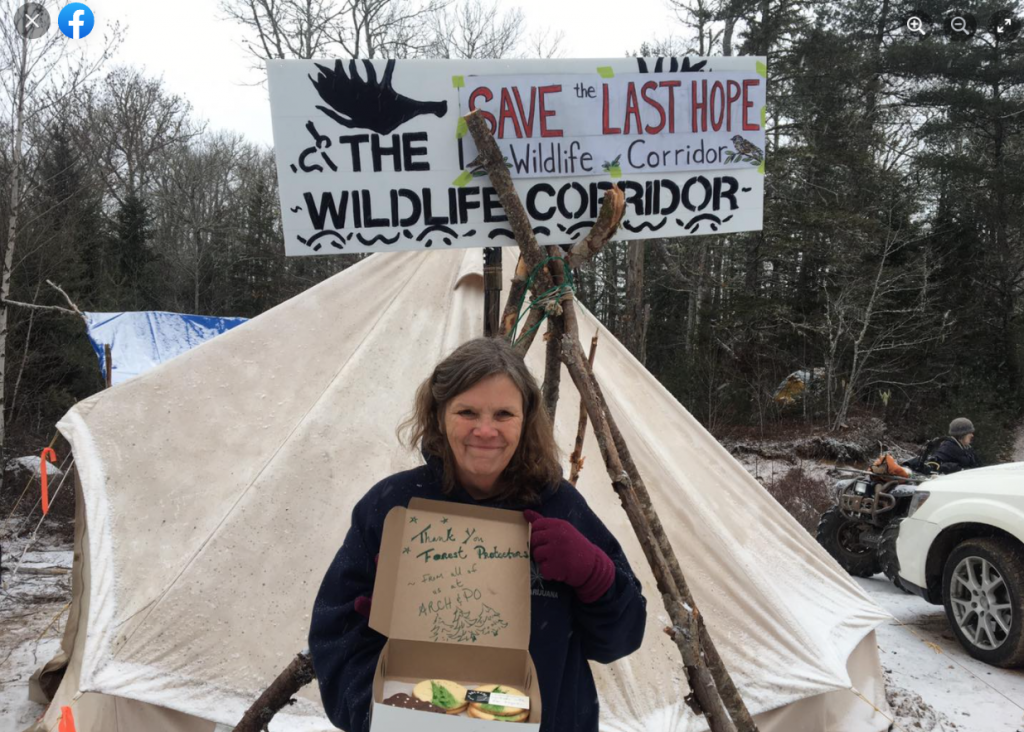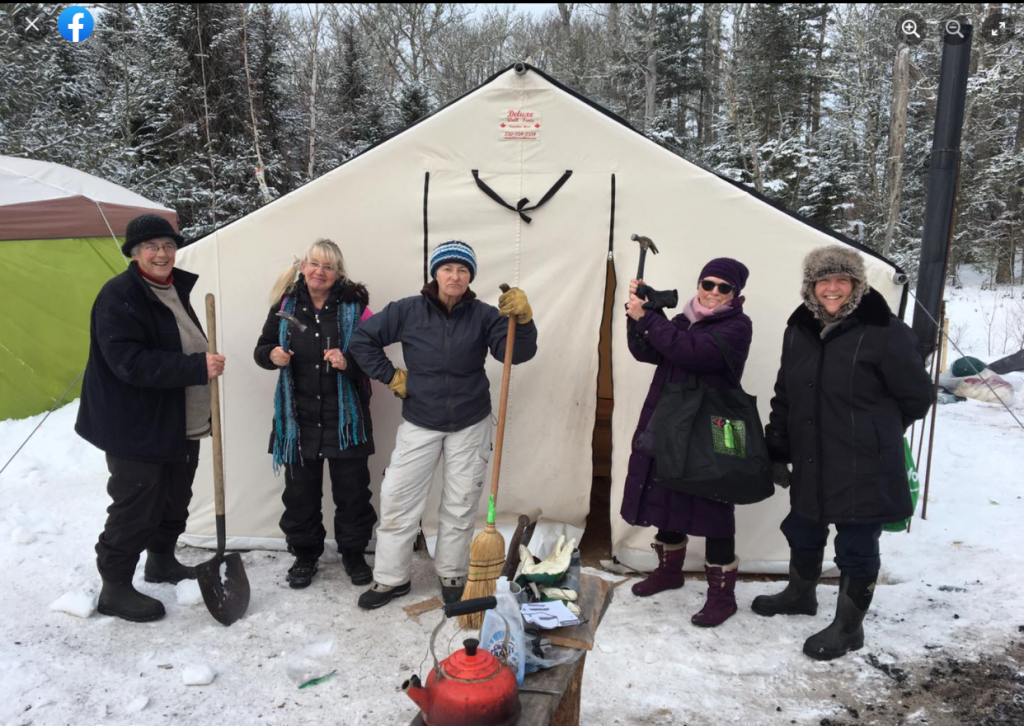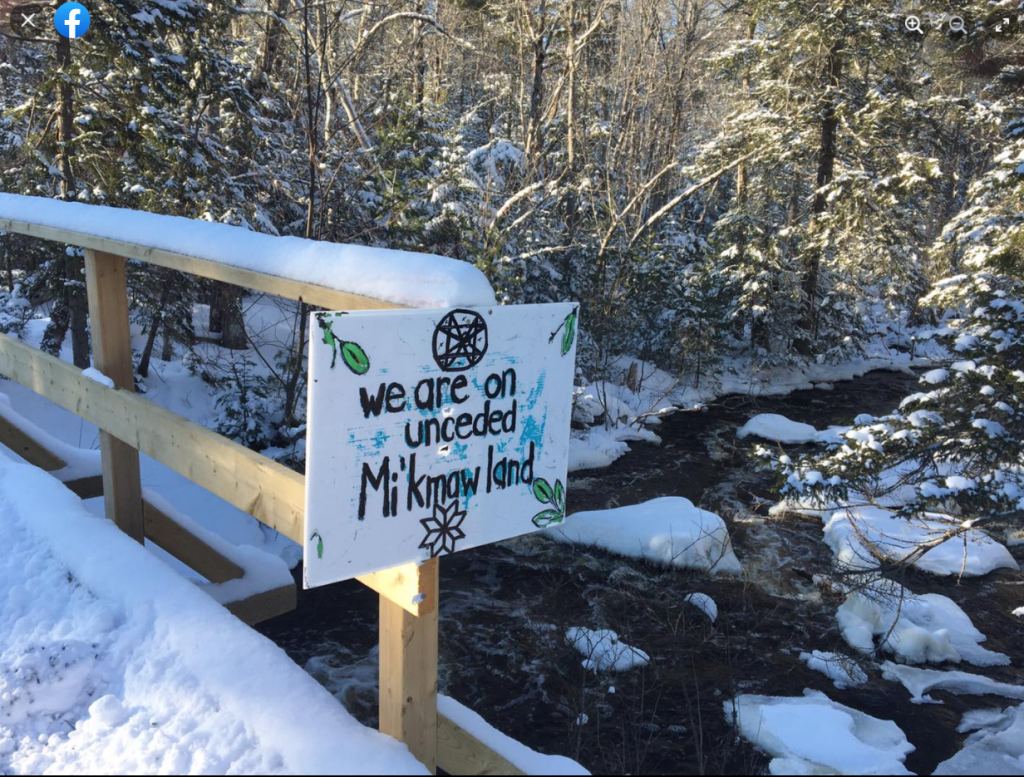So true, so very true
From Extinction Rebellion Mi’kma’ki / Nova Scotia:
Day 97 at the Last Hope camp
International Women’s Day— a good day to celebrate the incredible array of women who have come to our camp in the last 97 days. All but a handful are from rural Nova Scotia. Nothing against our city sisters but the forestry industry tells the government we are Halifax activists and it simply isn’t true. The PCs count on the rural vote. We vote and we care about the devastation industrial forestry has inflicted on Mi’kma’ki. Enough is enough. We are standing up for the earth.
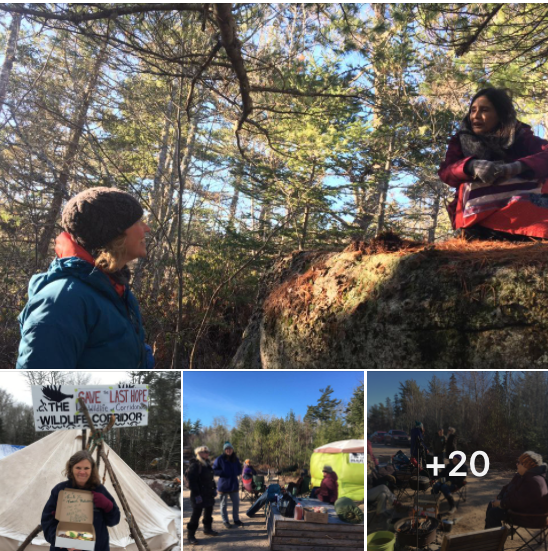
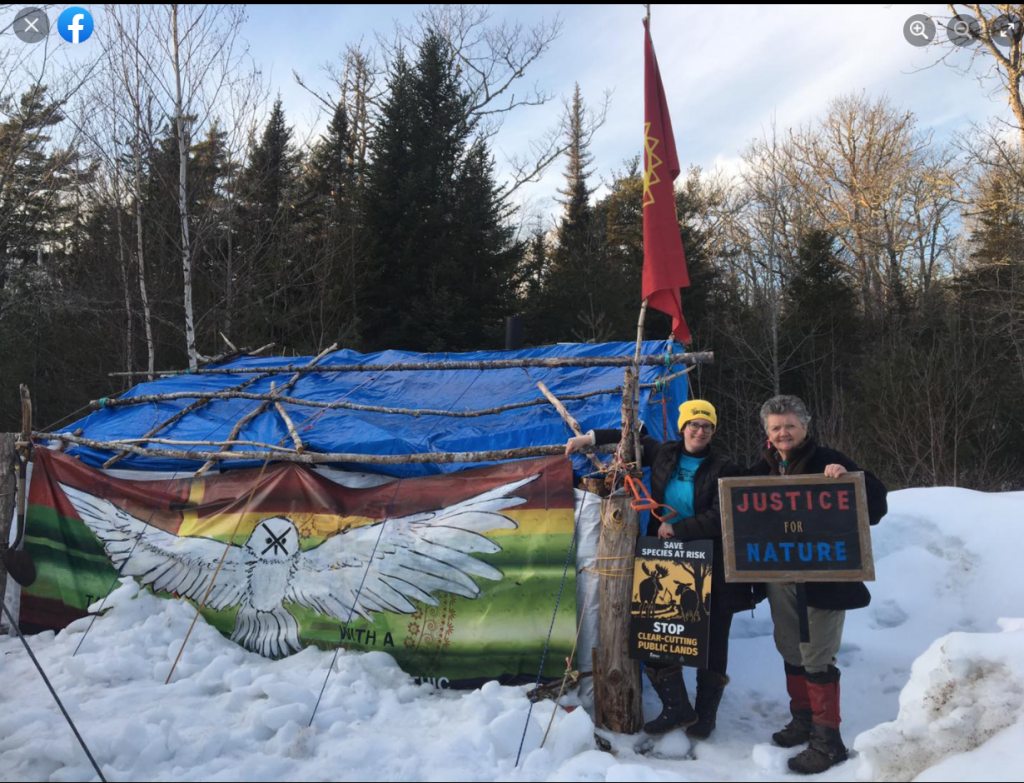
and this post on Stop Spraying & Clear-Cutting Mi’kma’ki (Nova Scotia)
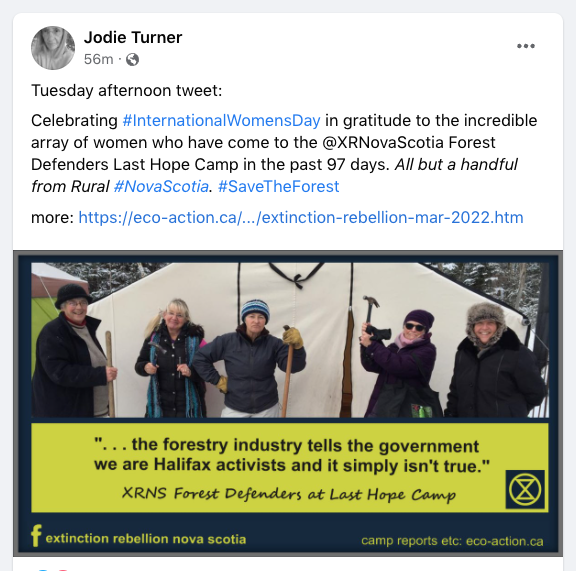
Related
International Women’s Day 8 March
United Nations
#SaveTheMainlandMoose – March 2022 On-Location Reports
on ecoaction.ca, it includes links to past reports from the Last Hope Wildlife Corridor Camp
‘It’s for our survival’ — Indigenous women lead conservation efforts in Canada
By Natasha Bulowski in the National Observer “Despite comprising only five per cent of the world’s population, Indigenous people protect 80 per cent of the world’s remaining biodiversity, according to a 2021 report by Territories of Life. In Canada, Indigenous women are leading the charge to preserve biodiversity and fight climate change by heading up important new conservation initiatives.”
AP068499 Beals Meadow
Page on NSFN website with some history of the the Last Hope Wildlife Corridor Camp at Crown land block AP068499 Beals Meadow
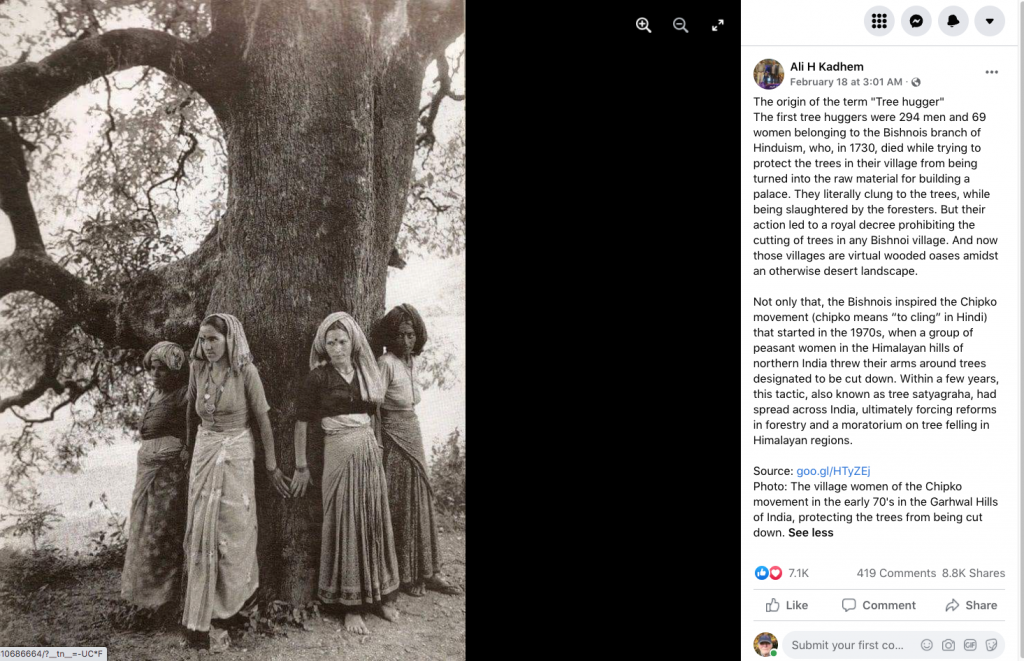
The village women of the Chipko movement in the early 70’s in the Garhwal Hills of India, protecting the trees from being cut down. From Facebook post by Ali H Kadhem on Feb 18, 2022: The origin of the term “Tree hugger”
—-
And from Day 96, “an announcement of a series of workshops we plan to offer at the Last Hope camp”:
Announcing the first in a series of workshops we plan to offer at the Last Hope camp: settlers, join us if you can for half a day of Settler Education on Saturday, March 12th from 11:00 am to 3:00 pm. Free.
Space is very limited and, depending on road conditions, you may have to hike the last km to camp. Message us or email d.giffin@bellaliant.net
Extinction Rebellion and the Forest Protectors acknowledge that we live, work, and play in Mi’kma’ki. But what does that mean for those of us who are non-Indigenous and living in this place? Join us for a 4-hour facilitated discussion as we explore what it means to be a ‘Settler’ living in a ‘Settler Nation’. What might we need to learn and unlearn to help us live here with integrity and respect?
We will share a meal during the session so bring something for yourself and/or to share with others.
Our conversation will be facilitated by Carolyn Campbell, a Settler Canadian who designs and facilitates Settler Education events and courses. (For further information go to www.horizonscda.ca)Future workshops will include one on lichen identification with special attention to Lichens classified as Species at Risk. Today the snow in the woods is finally shrinking. Soon we might be able to see whole tree trunks. We’ll keep you posted.
In the meantime, it appears that DNRR has not yet applied the required buffer zones to the harvest plan for the Last Hope forest. Until they do, the freeze on the proposed harvest is still in place.
Wouldn’t it be heartening if Minister Rushton announced that, in light of the evidence that this forest is home to specimens of three rare and sensitive lichens classified as Species at Risk, not to mention three other rare lichens found by the surveyor that are not yet classed as SAR, the Department has decided to ask that this forest be added to the protected areas leg of Lahey’s triad? Although we are looking forward to putting on a series of workshops here, it would be quite nice to be able to go home. But we won’t while this forest is under threat.

